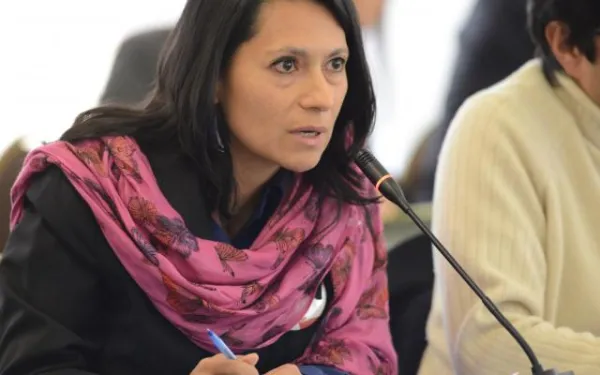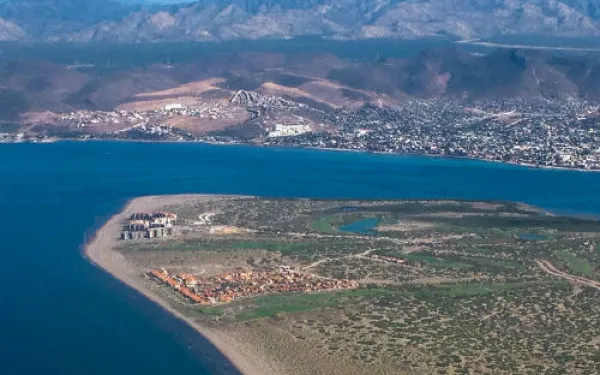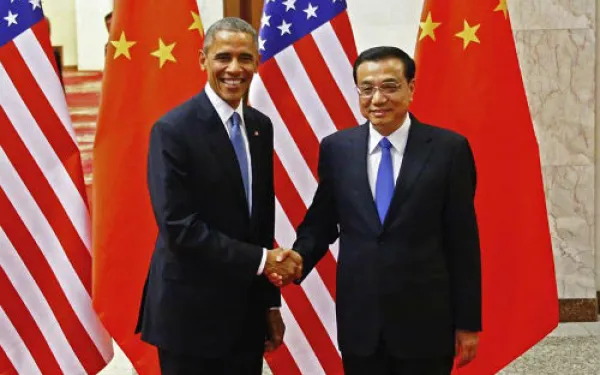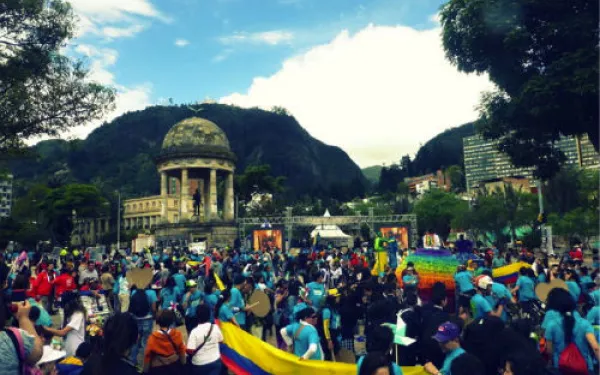
Revealing the Impact of Development on Human Rights and the Environment
"There we were – men and women, boys and girls, elders and community leaders – who dared to reject the burning of our homes on the river’s edge, the theft and loss of our things, the mistreatment, the insults, the humiliation from the police, the Army and public companies of Medellín, who forcibly emptied the river banks to make way for development." With these words, Isabel Cristina Zuleta gave testimony before the Inter-American Commission on Human Rights last month, describing the situation that she and thousands of Colombians have been suffering through. Zuleta, the leader of Movimiento Rios Vivos (Living Rivers Movement), is a victim of forced displacement – caused by the Hidroituango hydroelectric project in Colombia – and she is not alone. AIDA’s Co-Executive Director Astrid Puentes participated in the hearing alongside Rios Vivos, Tierra Digna, Asoquimbo, Comisión Intereclesial de Justicia y Paz, Corporación Jurídica Libertad, and other partner organizations from Colombia. She argued before the Commission that, in Colombia, forced displacement caused by development projects, such as mines and dams, is not recognized as a human rights violation by the State, which leaves affected communities unprotected. During the hearing Puentes introduced the three primary causes of forced displacement from these projects: the close relationship between armed conflict and major development projects; the flexibility and violation of rules in their authorization and implementation; and the direct impacts of their operation. She asked the Commission to urge the Colombian State to guarantee rights to the victims, repair damages, and take appropriate measures to prevent displacement in the future. Puentes described human rights violations caused by specific projects, such as El Quimbo dam, which displaced hundreds of families in Huila Department, and coal mines in La Jagua de Ibirico, in Cesar Department, where air pollution displaced entire communities. The inadequate implementation of development projects in Colombia, and in the region, also violates Economic, Social and Cultural Rights (ESCR), especially the right to a healthy environment. In this regard, AIDA and organizations from the region participated in a hearing called by the Commission to analyze the situation of ESCR on the continent. In it, Maria José Veramendi Villa, a senior AIDA attorney, noted that States mainly fail to protect the right to a healthy environment by implementing mining, energy, and infrastructure projects. The problem has only worsened in recent years. "The Commission has found different manifestations of this problem over the course of at least 40 hearings, conducted over the last decade, which have illustrated the serious territorial, cultural, and environmental conflicts created by the violations of ESCR," said Veramendi during the hearing. We need an Inter-American Human Rights Commission that is firm and decided in its position towards development projects that violate human rights and that brings justice to those who cannot find it in their countries.
Read more




